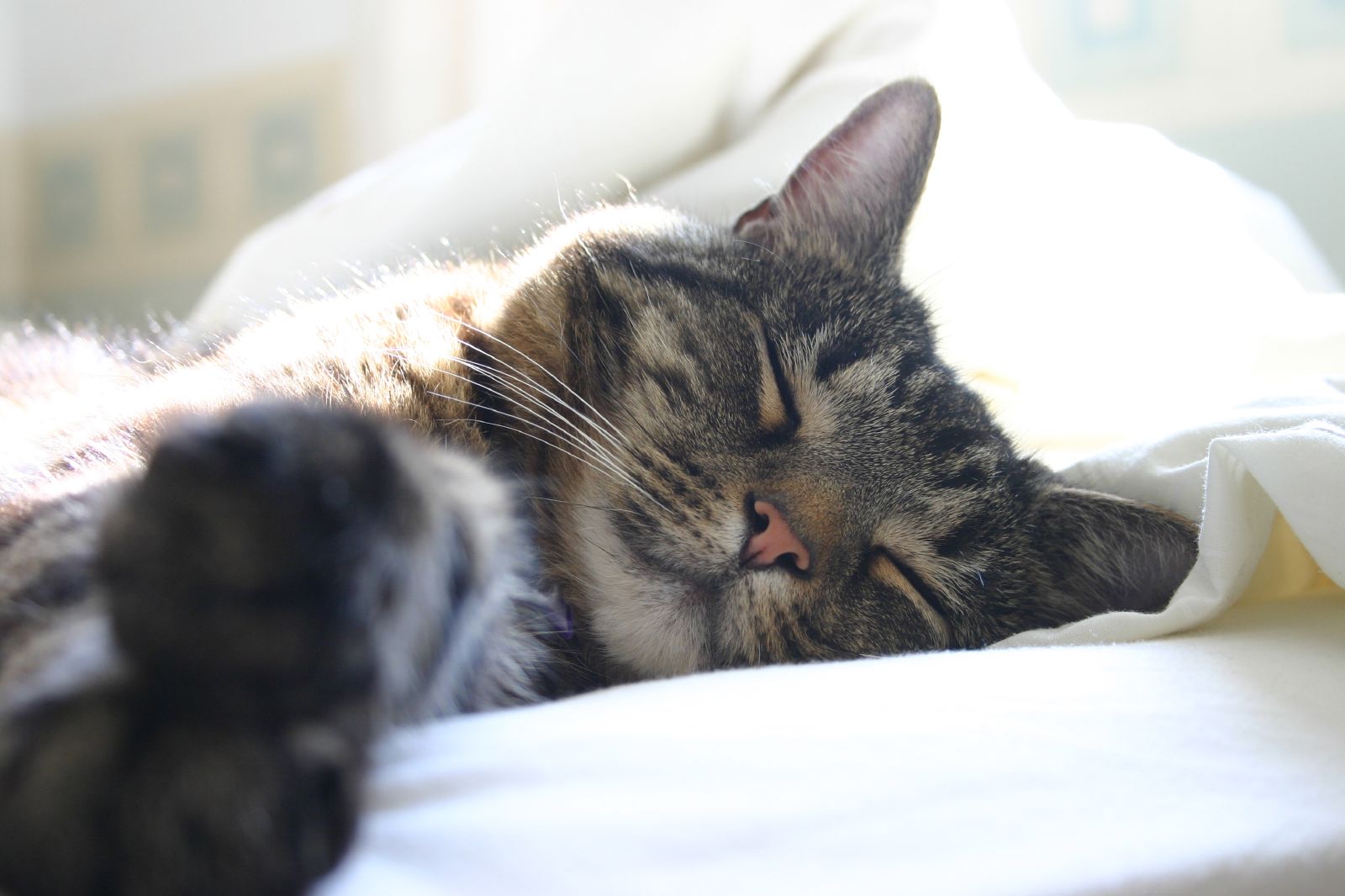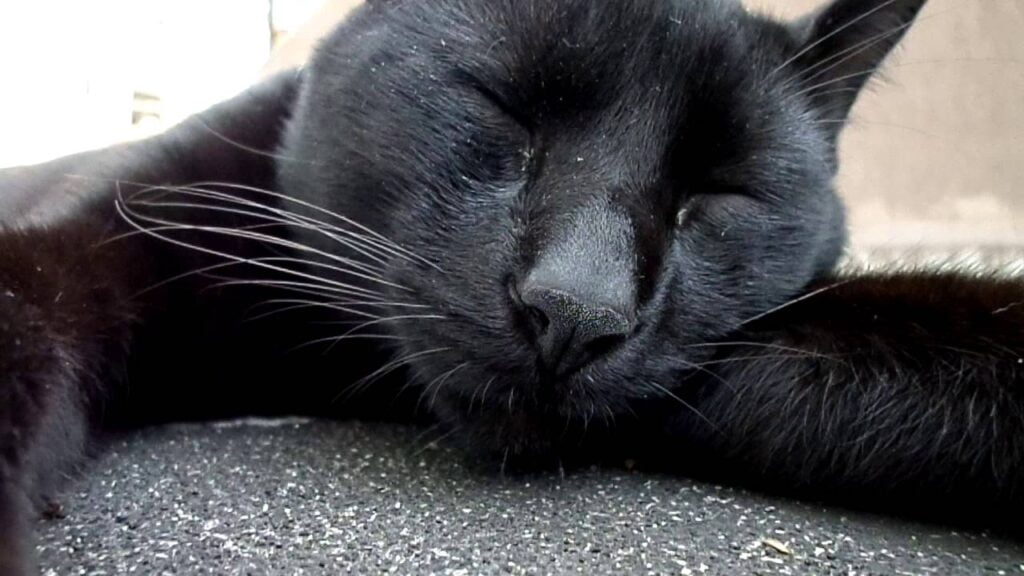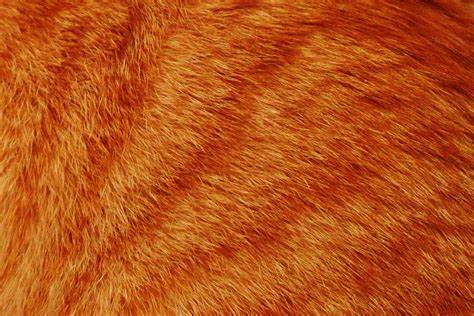How can I tell from a sleeping cat that it is healthy?
Cats sleep on average two-thirds of the day – so what do their sleep habits say about their health and wellbeing?
How can I tell from a sleeping cat that it is healthy?
There are a few things that we can glean about our feline friends from their sleeping habits.
For one, cats are known for their love of naps.
This is because they are crepuscular animals, meaning that they are most active at dawn and dusk.
As a result, they often take several naps throughout the day in order to fuel their nocturnal activities.

How can I tell from a sleeping cat that it is healthy?
Additionally, the fact that cats sleep so much also says something about their overall health and well-being. A healthy cat will typically sleep less because they have high levels of energy and don’t need as much rest as other animals. Conversely, a sick or elderly cat may sleep more because they don’t have the same levels of energy and need to conserve its strength.
So, while it may seem your cat is just being lazy when they sleep all day, there’s actually a lot going on behind those closed eyes. Their sleep habits can tell us a lot about their health and well-being, so it’s important to pay attention to them.
There are a number of health problems that can interfere with a cat’s ability to sleep soundly through the night. Some of the most common include respiratory difficulties, pain, and anxiety.
Cats with respiratory problems may suffer from Obstructive Sleep Apnea, which is characterized by loud snoring and wheezing during sleep as well as daytime fatigue, lethargy, and grumpiness. Cats in pain may have difficulty sleeping due to discomfort. Arthritis, injuries, and chronic health conditions can all lead to pain that keeps a cat awake at night.
Anxiety can also be a major contributor to sleeplessness in cats. Separation anxiety, fear of loud noises, and general stress can all lead to a restless night.
If your cat is having trouble sleeping, it’s important to talk to your veterinarian to rule out any underlying health problems. If a health condition is not the cause, there are a number of things you can do to help your cat get a good night’s sleep. You may want to try using a pheromone diffuser in your home, as these can help to soothe anxious cats.
Finally, making sure your cat has plenty of comfortable places to sleep can also encourage restful slumber. Offer a variety of beds, perches, and hiding spots for your cat to choose from, and consider placing them in different areas of your home to give your cat some options. By taking these steps, you can help your cat get the restful sleep they need.

Signs of good health in a sleeping cat:
Check their breathing. A healthy cat’s breathing should be relatively smooth and even. Breathing should not be shallow or rapid, and there should be no panting, open-mouth breathing, or gasping. While some light snoring is normal, any heaviness, choking, or rattling sounds could indicate a health problem and you should consult your veterinarian.
Another way to tell if a cat is healthy is by checking its fur. A healthy cat’s fur should be clean and free of mats or tangles. If you notice your cat’s fur is looking dull or dirty, it may be a sign they’re not grooming themselves properly. A dull or staring coat could be a sign of poor nutrition or dehydration.
Healthy cats sleep in one of two basic positions – upright or on their sides. How curled a cat is when sleeping on the side will depend on how hot or cold the animal is. The more tightly curled a cat is, the colder the air temperature. Curling into a tight ball helps to conserve body heat. When cats stretch out, they expose their bellies, allowing heat to escape and helping to cool them.
Additionally, a healthy sleeping cat will usually have relaxed muscles and be positioned in a comfortable position. If your cat is restless or stiff while sleeping, it may be indicative of health problems. You should also be able to feel its ribs easily, but not see them.
Check its eyes: Are they clear and bright? If they are cloudy or discharge is present, this could be a sign of an infection.
Check its tongue. A healthy cat’s tongue and gums should be bright pink. If your cat’s tongue looks white, blue, purple, grey, yellow or dark red, or if you see spots on your cat’s tongue that weren’t there before, it could indicate a health issue. If you ever notice that your cat’s tongue or gums look anything but bright pink, contact your veterinarian immediately.
Finally, you can also check a sleeping cat’s temperature to make sure they’re not running a fever. A healthy cat’s temperature should be between 100 and 102.5 degrees Fahrenheit. If you notice your cat’s temperature is higher or lower than this range, it could be a sign of illness. By keeping an eye on these simple things, you can help ensure your sleeping cat is always healthy and happy.
Share How can I tell from a sleeping cat that it is healthy?
Sleeping Position
If you suspect your cat may be in pain, there are characteristic sleeping positions to watch for.
Hunching – assuming a hunched position while sleeping can indicate pain.
Laying flat with the chin on the floor – sick cats sometimes adopt this position if suffering from lung problems or respiration difficulties.


